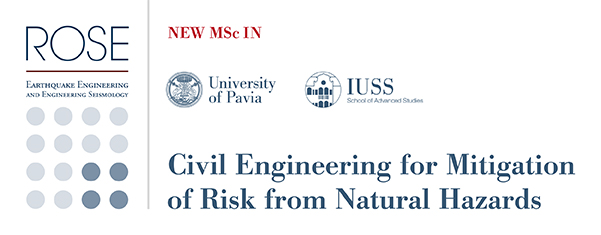The course aims at introducing the students to the classical theories and methods of modern earthquake geotechnical engineering.
After reviewing basic notions of engineering seismology such as definition of earthquake size, ground motion parameters and seismic hazard, the course will then focus on the illustration of the fundamentals of dynamics of porous media and soil constitutive modeling. Topics include drained and undrained hydro-mechanical behaviour of granular materials, critical state theory, dilatancy, shear strength and stiffness degradation under cyclic loading, the concepts of linear and volumetric threshold strain boundary surfaces. Simplified non-linear constitutive models are introduced together with basic notions of work-hardening, incremental poroelastic-plasticity theory.
The next subject is geotechnical characterization of sites for seismic studies/design through field and laboratory investigations. After a brief review of basic notions of elastodynamics and seismic wave propagation in a continuum, the course will then focus on the assessment of the influence on ground motion of local site effects through 1D and 2D linear, equivalent-linear and non-linear ground response analysis. Concepts such as transfer function, mechanical impedance and deconvolution are introduced and thoroughly discussed.
The last part of the course is devoted to the study of well-known phenomena of seismic geotechnical risk such as seismic stability of natural slopes, liquefaction and faulting. Topics include surface fault ruptures, earthquake-induced ground distortion and settlements, lateral spreading, simplified methods for liquefaction evaluation (susceptibility, triggering, impacts on structures and countermeasures), co-seismic and post-seismic instability of natural slopes through pseudo-static analyses, Newmark simplified dynamical method, remediation measures against seismic geotechnical risks.

